Popular Stories
YOU MIGHT BE INTERESTED IN
Old is Gold: History of Maruti Gypsy
by Kshitij Rawat |
20/04/2020
Indian motoring scene has largely been dominated by one vehicle, the Maruti Suzuki Gypsy.
- Tag:
- Isuzu cars
- Maruti Gypsy

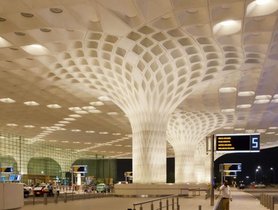









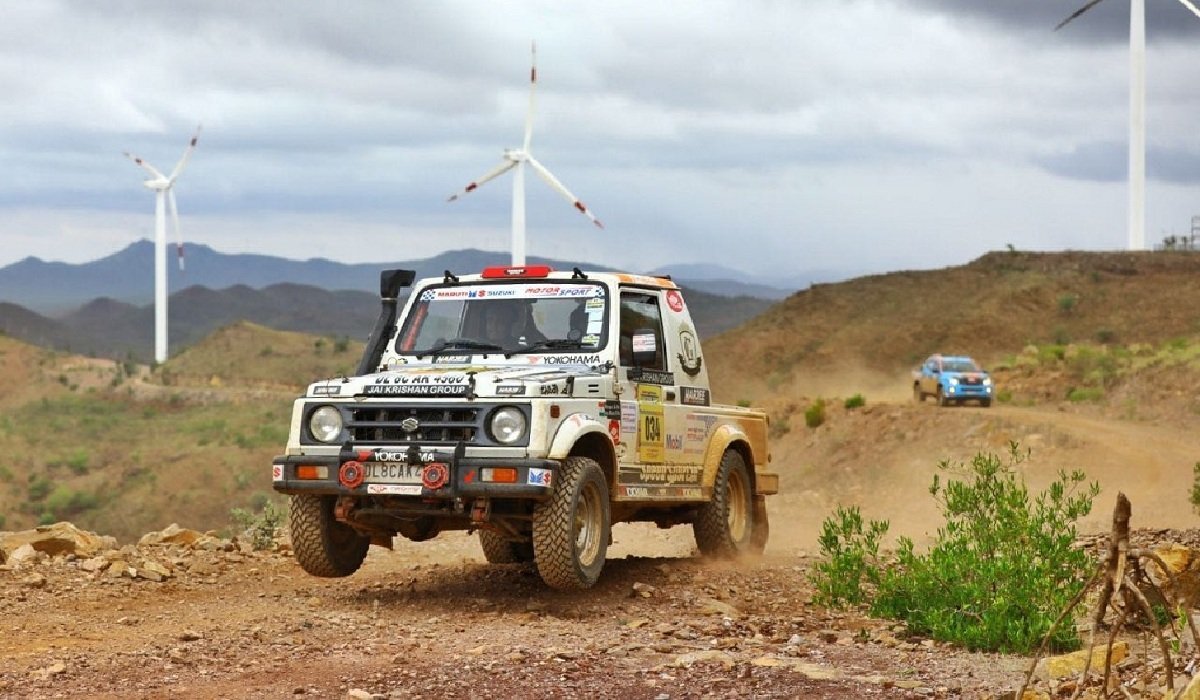
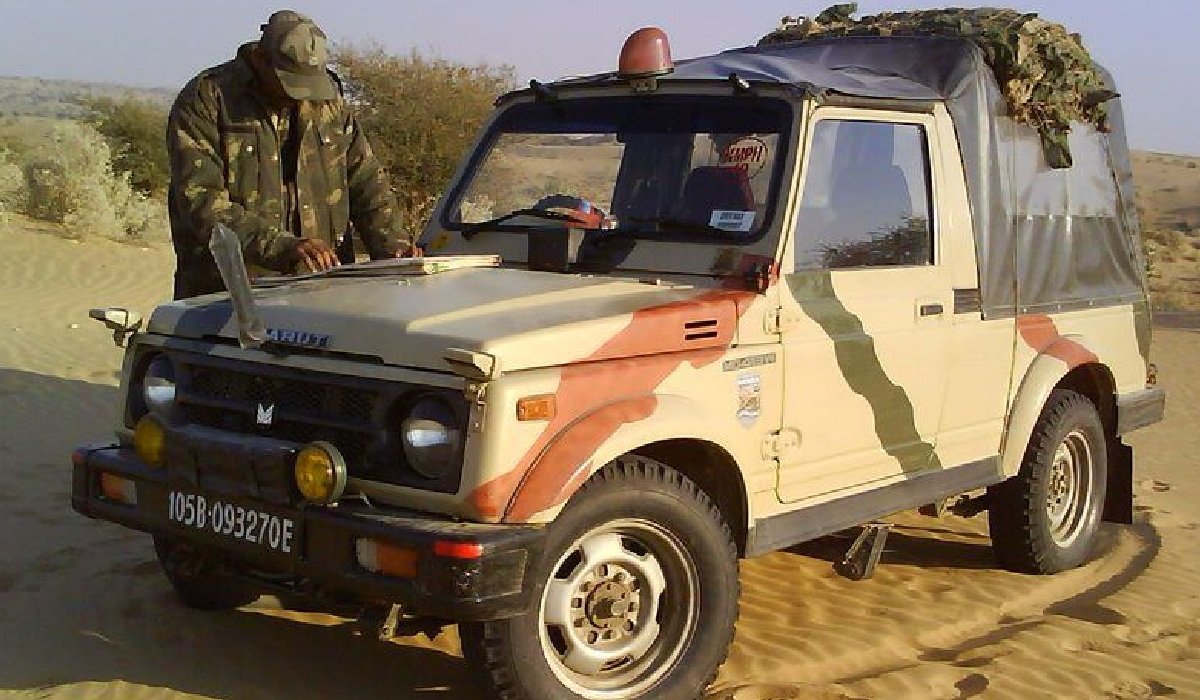
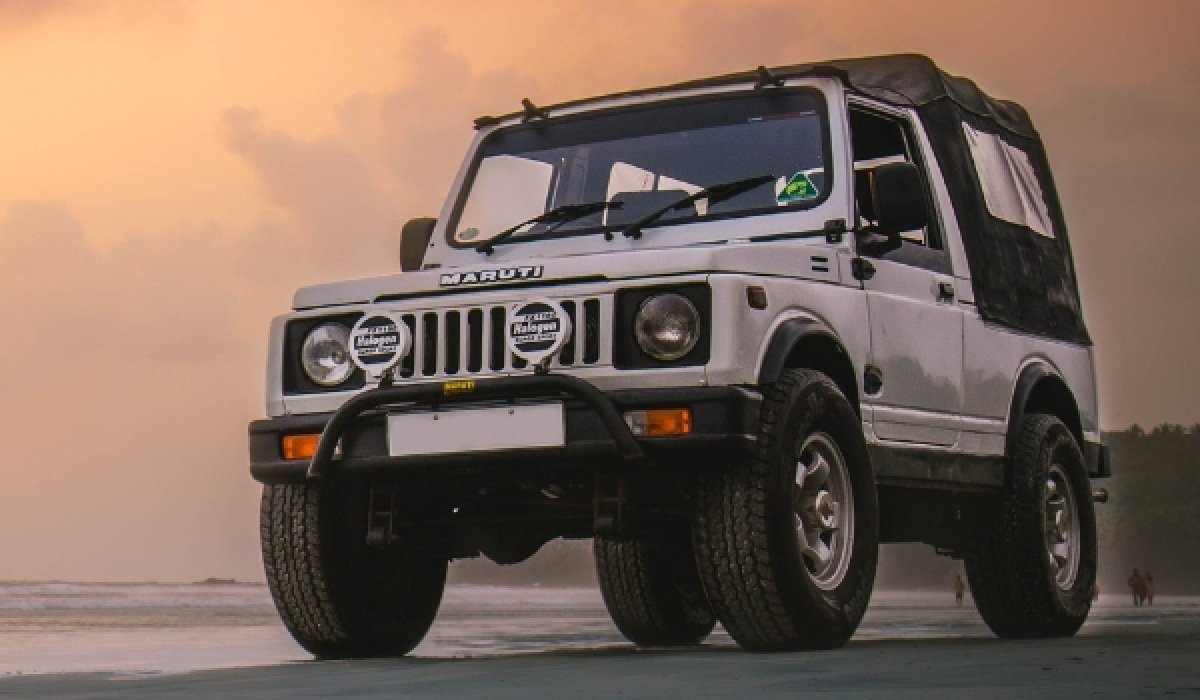
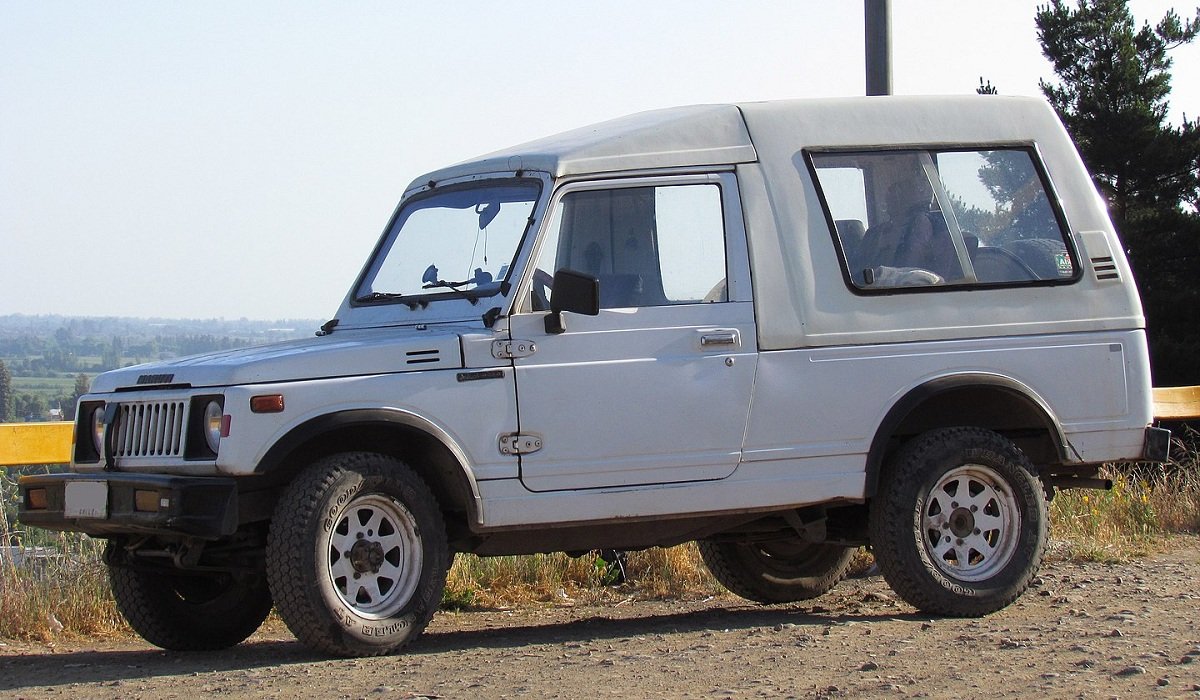

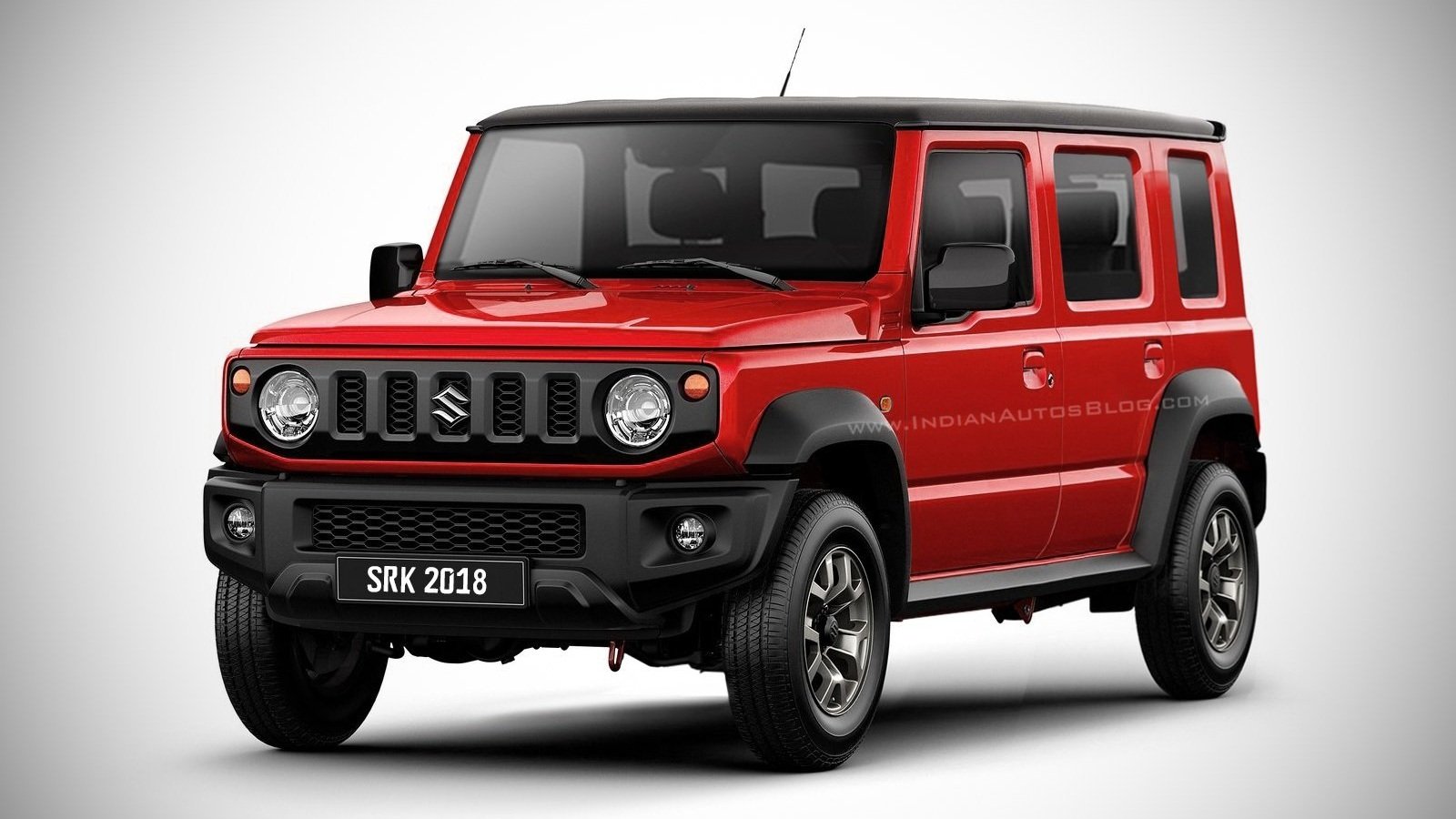
 Follow us on google news
Follow us on google news
